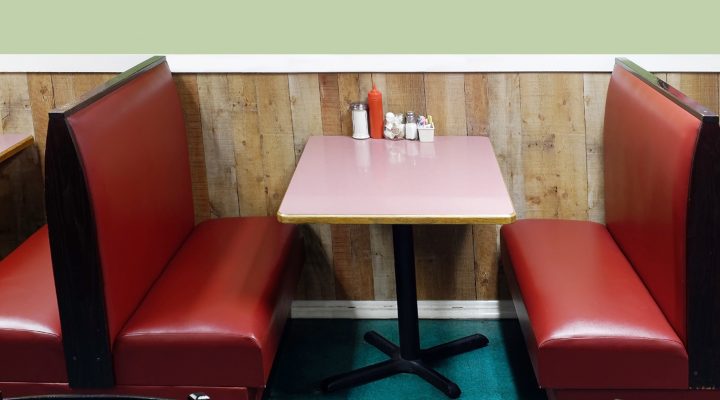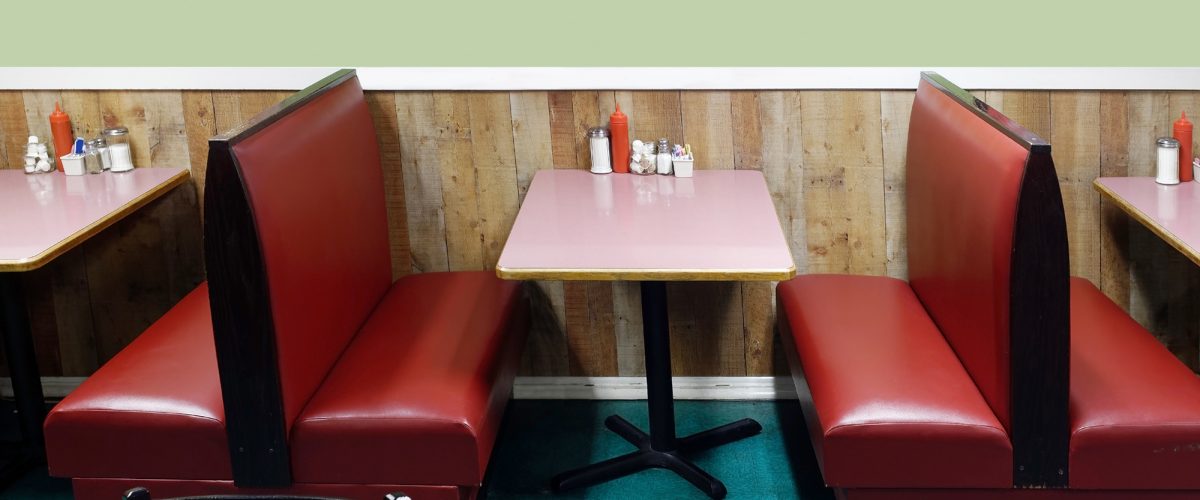These days the stark realities of American culture can overtake us anytime, anywhere. I learned that again at a recent lunch with Doug Bailey, Episcopal priest and former Wake Forest School of Divinity colleague. We’d not seen each other in a while and were glad for the opportunity to catch up.
Toward the end of the lunchtime conversation, our server approached with the check and an unneeded apology for not being sufficiently attentive, noting she was doing triple duty because two of her co-workers were “out sick.” Saying that, she made the sign of the cross, apparently on behalf of her absent colleagues. I responded that she’d come to the right place since my friend is an Episcopal priest. Doug added that I was a Baptist minister.

Bill Leonard
Immediately the young woman leaned across the table and whispered: “Please pray for me and my family. My sister was shot and killed two weeks ago.” We attempted an all-too-brief moment of pastoral care before she had to rush away, assuring her of our prayers and encouraging her to connect with a church, referencing the congregations we attend.
Struck by that heartbreaking encounter, Doug and I walked to our cars wondering how often, without knowing it, we all come in contact with people touched by the epidemic of gun violence.
Not a chance encounter
This week, after two more mass shootings, one encompassing Austin and San Antonio, the other the University of Nevada Las Vegas, I realized what Doug Bailey and I experienced with the young woman who had lost her sister was no chance encounter. It was a statistical reality. Daily in this country, gun violence moves a little closer to every one of us. And there’s no end in sight.
“Daily in this country, gun violence moves a little closer to every one of us. And there’s no end in sight.”
An April CNN report cites a Kaiser Family Foundation study “that gun violence more broadly has affected most families in the U.S. in one way or another. Nearly one in five adults has had a family member killed by a gun, including in homicide and suicide, and about one in six has witnessed an injury from a gun.”
It concludes: “As mass shootings and gun-related deaths reach record levels in the U.S., an underlying trauma may be building up in the broader population that could be creating those same feelings of helplessness at the national level.”
This week’s Texas shooting took the lives of six people, two of whom lived in San Antonio and were the parents of the 34-year-old accused gunman. In Austin, the gunfire began when a security officer at Northeast Early College High was wounded, producing an immediate lockdown — another school, another shooting.
In Las Vegas, police killed the 64-year-old shooter. Indications are that he applied for a teaching position at UNLV’s business school, was turned down and apparently responded by killing three professors at the institution, wounding a fourth. The incident occurred near the site of America’s largest mass shooting, October 2017, when 59 people were killed while attending an outdoor festival.
More mass shootings than days
This week, a UNLV student posted: “I am 22 years old. Today is the third time in my life I’ve had to hide in a locked classroom because of an active shooter threat on a school campus. When will America change?”
Even first-graders recognize the inevitable danger. U.S. Rep. Eric Swalwell recounts a story from a constituent who told him when her 6-year-old daughter saw pictures of the elementary school students killed in Uvalde, Texas, she ask her mother, “What picture are you going to use for me?”
A Dec. 6 Washington Post article begins, “More than 359,000 students have experienced gun violence at school since Columbine.” It is subtitled: “There have been 392 school shootings since 1999.”
The study offers these assessments of the school shooting landscape:
- Since most of the deadliest shootings involved white perpetrators, that creates the “false impression” that such events largely impact white students. However, statistics suggest that “children of color … are far more likely to experience campus gun violence.”
- The school shooter median age now stands at 16, indicating that “children are responsible for more than half the country’s school shootings — none of which would be possible if those children didn’t have access to firearms.”
- The number of school shootings is now increasing. While it “remains highly unlikely” that most students will experience such travesties, “violent incidents started climbing” in 2018.
As if that were not enough, a Dec. 4 ABC News report documents “more mass shootings than days in 2023,” a count currently at 627. The Gun Violence Archive found “roughly 645 mass shootings in 2022 and 690 in 2021.” The Archive anticipated 2023 would surpass those numbers; and that milestone was reached early — the first week in December.
‘That’s the Second Amendment’
As if that were not enough, on Dec. 6 Senate Republicans blocked an effort to pass an assault-weapons ban and require universal background checks for firearm purchase. A Wyoming Republican insisted: “The Second Amendment is freedom’s essential safeguard. Without it, there can be no liberty and there can be no security.”
With this reasoning, the “security” of the Second Amendment requires the continuing insecurity of school children.
When asked about possible firearm legislation, the current speaker of the House of Representatives remarked: “The end of the day, it’s, the problem is the human heart. It’s not guns. It’s not the weapons. At the end of the day, we have to protect the right of the citizens to protect themselves, and that’s the Second Amendment.”
“To ignore that reality and refuse to respond is, for Christians, a gospel problem.”
Of course the problem is the human heart, but that’s not an excuse, it’s a condition. In America 2023, firearm savagery is a heart problem, a gun problem, a culture problem, a legislative problem and a death problem, to name only a few of multiple deteriorating conditions. To ignore that reality and refuse to respond is, for Christians, a gospel problem.
‘Just enough stomach for small evils’
Reflecting on all this, I stumbled on a passage from The Crossing, Cormac McCarthy’s 1994 novel in which a character observes that “the wicked know that if the ill they do be of sufficient horror men will not speak against it.” Rather, “men have just enough stomach for small evils and only these will they oppose.”
This Advent, to close our hearts, minds, consciences and legislation to the “sufficient horror” of burgeoning firearm deaths, especially but not solely visited on children, is to acquiesce to the culture of a king named Herod who ordered the “slaughter of the innocents” in the name of political power. Matthew 2:16-18 “tangibilifies” such terror then and now:
When Herod saw that he had been tricked, he was infuriated, and he sent and killed all the children in and around Bethlehem who were 2 years old or under, according to the time that he had learned from the wise men. Then was fulfilled what had been spoken through the prophet Jeremiah:
A voice was heard in Ramah,
Wailing and loud lamentation.
Rachel weeping for her children;
She refused to be consoled,
Because they are no more.
In Advent 2023, Rachel and her sisters weep yet, in Ramah, Columbine, Sandy Hook, Uvalde, Nashville and places too numerous to name. Can we hear their lamentations, demanding actions to at least impede the slaughter of additional innocents?
Or, come next year’s Advent, how many more of us will refuse to be consoled?
Bill Leonard is founding dean and the James and Marilyn Dunn professor of Baptist studies and church history emeritus at Wake Forest University School of Divinity in Winston-Salem, N.C. He is the author or editor of 25 books. A native Texan, he lives in Winston-Salem with his wife, Candyce, and their daughter, Stephanie.


